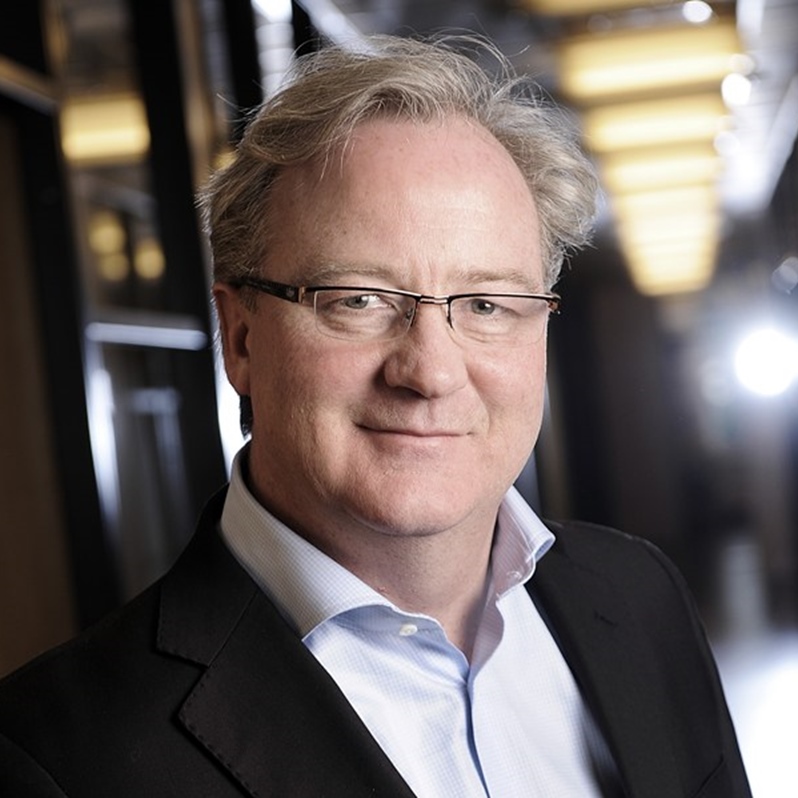SalMar ends 2017 with Q4 high

SALMAR, one of the world\’s largest salmon farming companies, announced impressive results for the fourth quarter of 2017, with a group operating profit (EBIT) of NOK 707.2 million, up from NOK 557 million for the same period in 2016.
Yesterday’s announcement follows an equally strong performance for the third quarter of last year when the EBIT (earnings before interest and tax) was NOK 801.3 million.
SalMar, which partly owns Scottish Sea Farms, said the improvement is largely attributable to a higher harvested volume, combined with improved underlying operations and enhanced biological control. It has also reduced its costs for the fourth quarter in a row.
Based on the financial results for 2017, SalMar\’s board of directors is proposing a dividend of NOK 19 per share
CEO Trond Williksen said: ‘A higher harvested volume, an improved biological situation and efficient operations have helped SalMar to post yet another strong financial result.
‘The improvement in underlying operations for the fourth quarter in a row is the result of investments in competence and capacity over time. And these investments will continue.
‘Our ambition to be the lowest cost producer remains in place, and we will carry on striving to improve our performance in all areas of our business.
‘SalMar remains determined to increase its production volume, and is therefore working actively along several lines to realise this objective. In the long term, this will contribute to continued sustainable growth for SalMar.’
The company generated gross operating revenues of NOK 2.8 billion in the fourth quarter 2017, up from NOK 2.5 billion in the corresponding period in 2016.
The group harvested 39,900 tonnes in the quarter, compared with 26,500 tonnes in the same quarter the year before.
EBIT per kg came to NOK 17.70, down from NOK 20.98 per kg in the fourth quarter 2016. The average spot price in the same period fell by NOK 17.74 per kg.
The report from SalMar said the Central Norway segment continues to improve its biological situation. A steady decline in lice numbers helped to reduce costs. This positive trend is expected to continue in the first quarter 2018.
Despite the improvement, however, the company will continue to maintain a high level of preparedness, which will also affect costs in the coming quarters.
The Northern Norway segment has experienced a rise in lice numbers in certain areas, which negatively impacted the segment\’s costs. This applies, in particular, to fish transferred to sea farms in the autumn of 2016.
The increased delousing treatments needed by these fish will also push up costs in the coming quarters. SalMar says it is well equipped to deal with the segment\’s lice situation in the future.
In 2018 as a whole, SalMar expects to harvest around 143,000 tonnes in Norway (96,000 tonnes in Central Norway and 47,000 tonnes in Northern Norway).
Scottish Sea Farms expects to harvest approximately 26,000 tonnes, while Arnarlax in Iceland expects to harvest some 11,000 tonnes.
The sales and processing segment posted an operational EBIT of NOK 175.5 million in the quarter, compared with a corresponding loss of NOK 180.5 million the year before. T
he strong result is attributable to improved operational performance, and to the fact that 44 per cent of the volume was sold under contract at prices in excess of the average spot price for the period.
In addition, higher harvest volumes contributed to increased capacity utilisation and greater operating efficiency in the harvesting and secondary processing activities.
As at mid-February, the contract rate stands at around 48 per cent for the first quarter 2018 and at around 26 per cent for 2018 as a whole.
Based on estimates of the standing biomass at the end of 2017, the global supply of Atlantic salmon is expected to increase by six per cent this year.
Combined with expectations of continued strong and stable demand, this indicates a balanced salmon market, with the outlook for continued strong earnings in the time ahead.
Picture: SalMar CEO Trond Williksen

